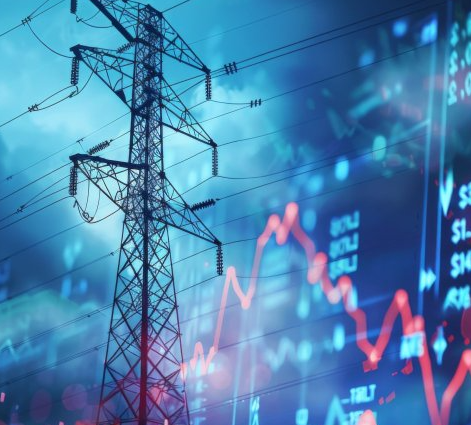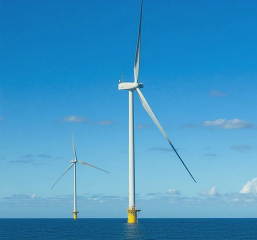The U.S. energy market in 2025 presents a mix of long-term opportunity and short-term volatility. On the positive side, energy efficiency continues to improve, and the shift toward renewables—solar, wind, and hydropower—is ongoing. However, energy prices remain unpredictable, consumption patterns are shifting, and state-level energy policies vary widely.
Some states are accelerating clean energy mandates and grid upgrades, while others are pausing or reversing course. This uneven rollout makes long-term planning difficult for utilities and businesses. But these differences are not contradictions—they reflect a system evolving at different speeds. Structural changes like electrification and renewable adoption are progressing, while weather, commodity prices, and regulatory delays continue to create short-term disruptions.
Two Perspectives: Rising Demand vs. Strong Supply
Bullish View: Long-Term Demand Drivers
Electricity demand is expected to grow significantly due to long-term shifts in how energy is used—this is called structural demand growth. It’s driven by digital infrastructure, data centers, and electric mobility. Data centers, especially those supporting AI, are expected to consume over 8% of U.S. electricity by 2030—double today’s share—equivalent to the energy needs of 25 million homes. These facilities run 24/7 and are concentrated in specific regions, increasing local stress on the grid.
EVs made up 9% of new car sales in 2024 and are forecast to reach 25% by 2030. This shift could increase national electricity usage by 10–15%, depending on charging patterns. Urban grids and commuter corridors will feel the greatest impact. Some areas—like fast-growing cities or tech hubs—face rising electricity use faster than infrastructure upgrades can keep up. These are known as high-growth load pockets and can lead to price spikes and urgent grid investment needs.
Bearish View: Supply Conditions Remain Strong
Despite demand growth, supply remains solid. U.S. natural gas production rose over 6% year-over-year to record levels. A mild winter and spring meant lower demand for heating and cooling, keeping gas in storage and easing prices. Oil production holds steady at 13.5 million barrels/day. While oil doesn’t power the grid, steady production signals investor confidence and supports broader fuel market stability.
LNG export capacity is set to double from 12 Bcf/day in 2024 to 24 Bcf/day by 2027. That means 12 Bcf/day more gas going overseas. With U.S. production averaging 105 Bcf/day, this could remove over 11% of supply from the domestic market, tightening availability and pushing prices up if production doesn’t rise further. From this view, current price swings are seen as cyclical rather than structural imbalances.
What It Means for Businesses
The biggest concern for commercial users in 2025 is price unpredictability. Peak electricity rates have jumped from 11–12 cents/kWh to 15 cents in some areas. Demand charges—based on highest usage during peak hours—have increased over 20% year-over-year. A property with a 500 kW peak load could see $2,500–$3,500 in extra monthly charges without using more electricity.
The Northeast and Mid-Atlantic saw 8–12% rate increases in the past year, especially hurting margin-sensitive sectors like hotels, retailers, and nonprofits. It’s not just how much electricity is used—it’s when and how it’s used. More utilities are implementing time-of-use and demand-based pricing. For example, charging EVs in the afternoon may cost far more than overnight. These rate structures make budgeting more complex and require smarter energy strategies to manage risk.
Moving Forward
The energy market is layered, fast-moving, and regionally fragmented. Federal tax credits support renewable energy growth. In some states, relaxed environmental regulations and zoning encourage more fossil fuel production and new infrastructure. This dual momentum—toward clean and conventional energy—requires strategic planning.
At Sunlight Energy Group, we help clients navigate this evolving landscape. By tracking production data, policy changes, and usage patterns, we offer insights that help control costs, reduce risk, and guide smarter energy decisions.




